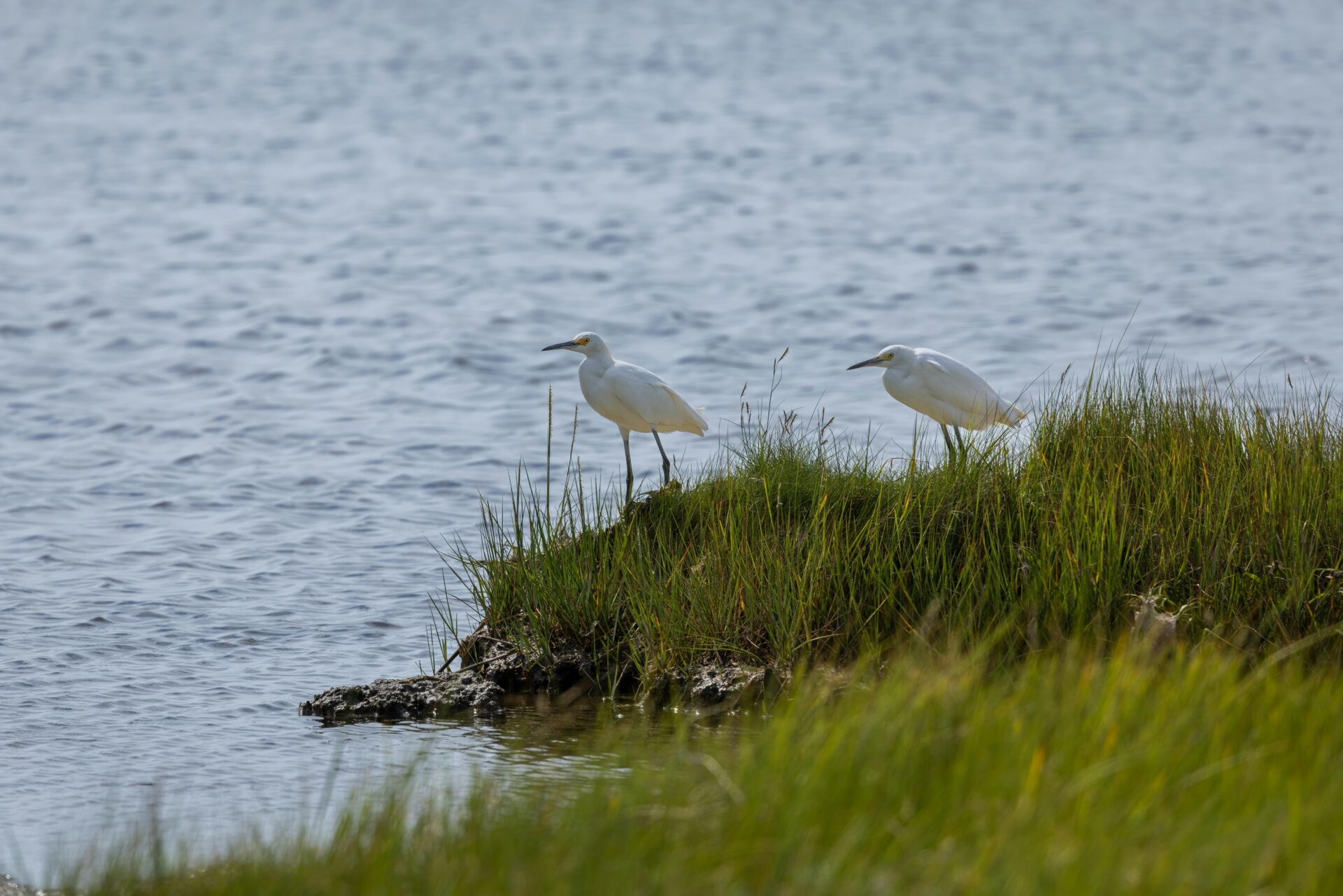
August 16, 2024
Multibillion-Dollar Florida Reservoir Seeks To Supply South Floridians With Clean Drinking Water
The reservoir will recharge the aquifer that provides South Florida residents with clean drinking water and reduce harmful algal blooms.
A joint project between the US Army Corps of Engineers and the South Florida Water Management District (SFWMD) will bring the Everglades Agricultural Area (EAA), a multi-billion dollar reservoir, to the state of Florida to fulfill a decades-long Comprehensive Everglades Restoration Plan.
Florida commenced construction on the reservoir in February 2023, south of the state’s largest freshwater lake, Lake Okeechobee, according to BBC. Dubbed “the crown jewel” of the Everglades restoration, the reservoir will recharge the aquifer that provides South Floridians with drinking water and massively reduce algae-causing discharges that have caused dark-water beaches and pungent stenches due to dead fish. “It is the single most important project to store, clean and send water from Lake Okeechobee to nourish the Everglades and supply clean drinking water to millions in South Florida,” said ecosystem scientist at the Everglades Foundation, Meenakshi Chabba.
Congress passed the Comprehensive Everglades Restoration Plan in 2000, which entails 68 infrastructure projects across Florida, including rehydrating carbon-sequestering wetlands and developing smaller reservoirs and water control structures. Upon the anticipated completion of the EAA reservoir in 2029, the Sunshine State will become home to the world’s largest environmental restoration project, which will cover 10,100 acres, surpassing the size of Manhattan and Staten Island combined. The EAA will include a 6,500-acre stormwater treatment area.
Florida’s water supply has worsened due to the state’s rapid population surge, which is expected to expand to 26.4 million people by 2040. “Florida’s current fresh water supply is projected to be unable to meet all of the growing needs of Floridians in the future without the development of alternative water supply projects,” a 2021 annual water report by the Florida Department of Environmental Protection stated.
“Increasing freshwater inputs through restoration has the potential to slow down the impacts of saltwater intrusion into our vulnerable water supply,” Chabba said. However, other environmental experts believe the reservoir comes with its share of concerns, like the reality of rising sea levels and rainfall patterns potentially altering the long-term effectiveness of the project. “…The entire ecosystem is a leaky system. It’s an extremely delicate balance between drinking water and flood control,” said Barry Rosen, a professor of ecology and environment at Florida Gulf Coast University. The professor questions the usefulness of the water if the reservoir becomes home to an algae bloom.
Smaller solutions have already been established as the reservoir is under construction, like raising sections of the Tamiami Trail, which crosses the Everglades, and installing a 2.6-mile-long bridge. Both projects improve the water flow into the Northeast Shark River Slough, located in Everglades National Park.